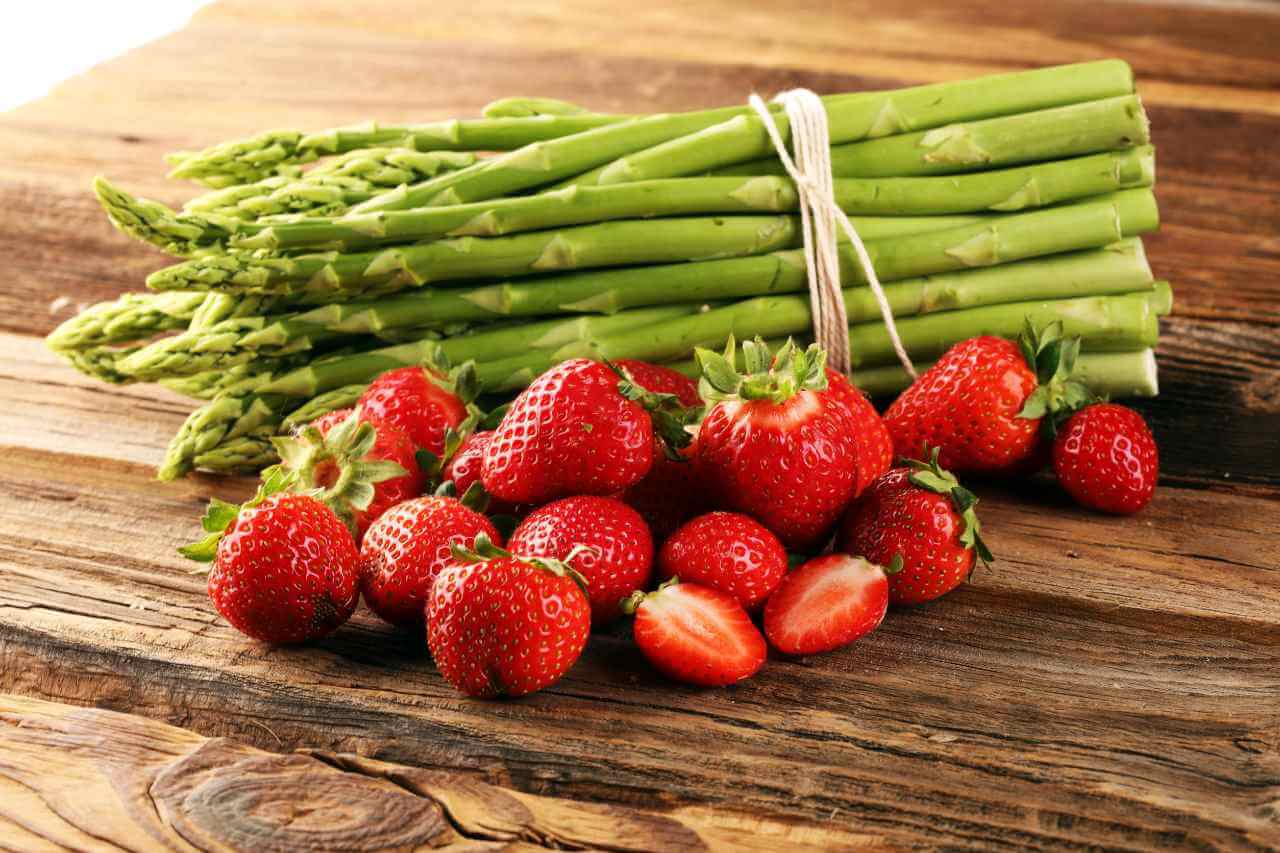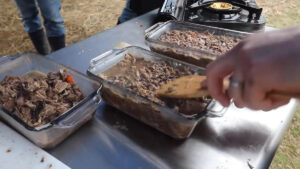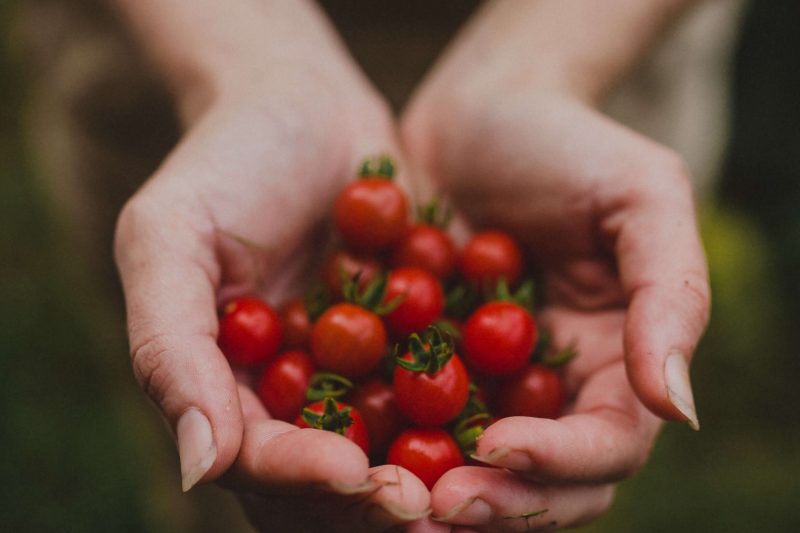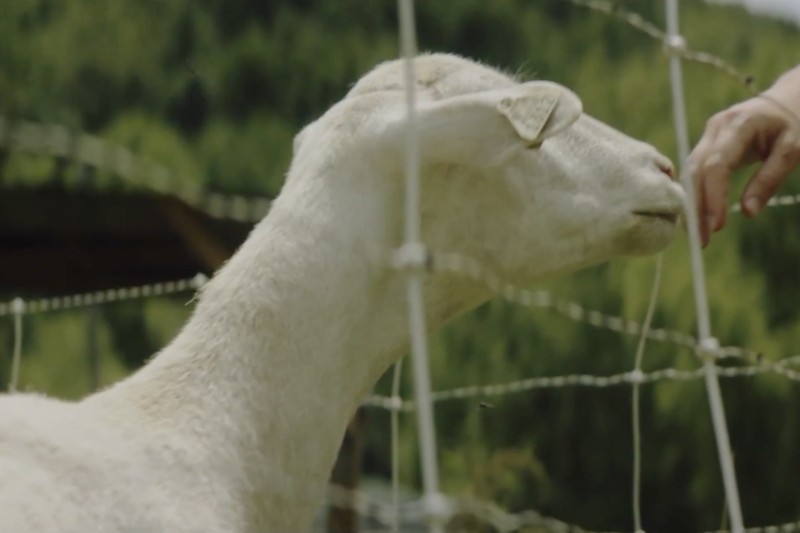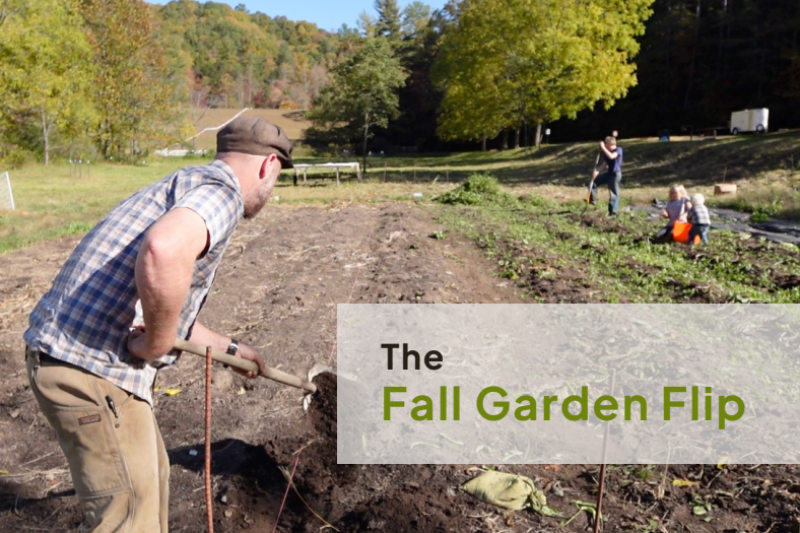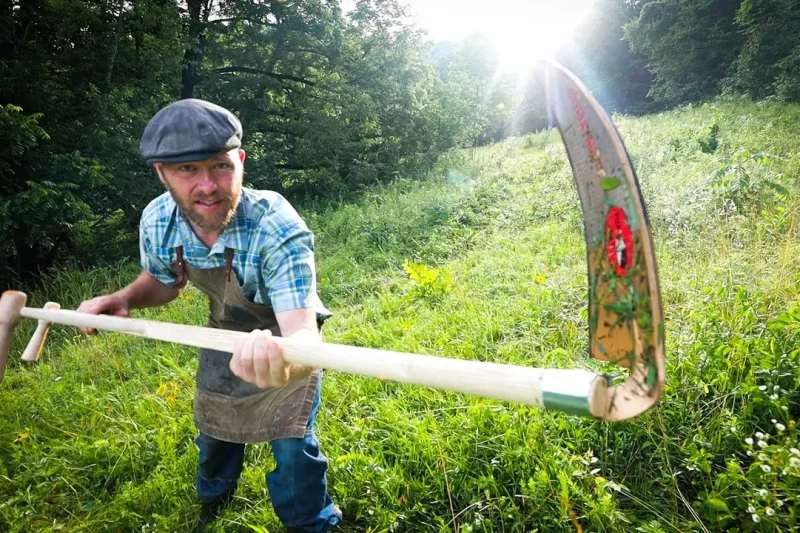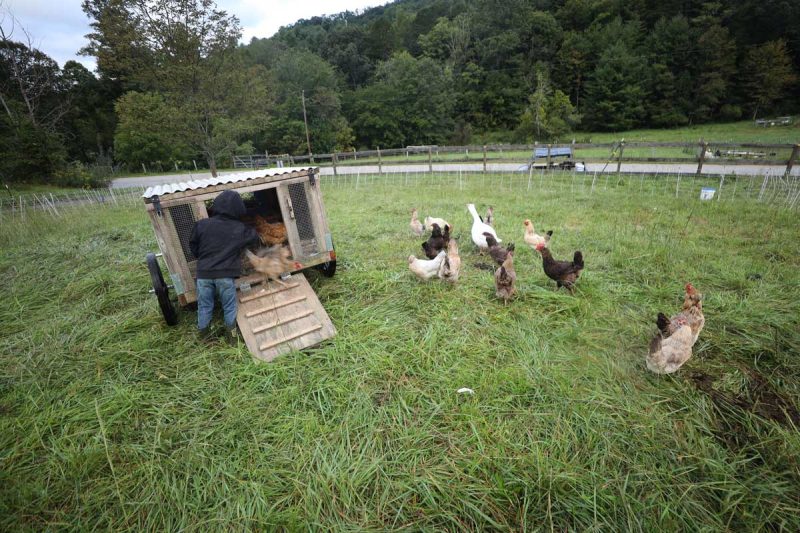What is Companion Planting?
Companion planting is an age-old technique of growing two (or more) different plants together to naturally improve quality and promote a bumper crop.
The Native Americans used this method called the “Three Sisters” by planting corn, beans, and squash. The beans grew up the corn stalks as a natural trellising support, while the squash created shade to keep moisture in the soil. Additionally, the beans added much needed nitrogen to the soil for the corn and squash.
What Are the Benefits of Companion Planting?
It’s good to know that companion planting is beneficial, but taking the time to understand all of the ways companion planting promotes quality and quantity will help you implement this method most effectively.
- Deterring Pests and Insects – Some vegetables and flowers will deter insects and pests. For example, garlic will discourage pests because of its smell, while marigolds excrete a natural toxin that prevents microscopic worms from eating the veggie’s roots.
- Attracting Pollinators and Beneficial Insects – Attracting beneficial insects that pollinate the garden is always a good thing. There are also insects that protect your crops, like ladybugs eating your annoying aphids.
- Shade – There are some plants that may need some shade. Planting a tall sunflower next to your lettuce can create shade that may otherwise not exist.
- Natural Support – Viney plants (such as pole beans, cucumbers and peas) will use taller and stronger plants (like corn) to support growth.
- Soil Health – Planting root vegetables next to shallow root vegetables is incredibly beneficial as the larger roots can bring up nutrients from deep in the soil. Other plants will put nutrients back into the soil (such as beans and peas). There are also plants that will absorb nutrients which are not beneficial to other plants.
- Weed Control – Some plants will create ground cover which suppresses weeds. No one wants weeds taking nutrients and water out of their soil!
Strawberries and Asparagus Are Great Together
Planting strawberries and asparagus together is a good companion planting duo in the garden. These two perennials can produce fruit and vegetables 20 to 30 years after just one time of planting.
Another benefit of companion planting asparagus and strawberries is that they both start poking through the soil in early spring, and can be harvested in mid to late spring. The roots of these two plants spread on different levels in the soil.
Asparagus has deeper roots which gather nutrients deeper in the soil, while the strawberries will grow shallow roots and will draw nutrients higher in the soil.
Finally, strawberries create good ground cover for the asparagus which helps prevent weed growth.
Pro-Tip: It’s a good idea to plant all your perennials together on the outer edges of your main garden or even in a separate garden space.
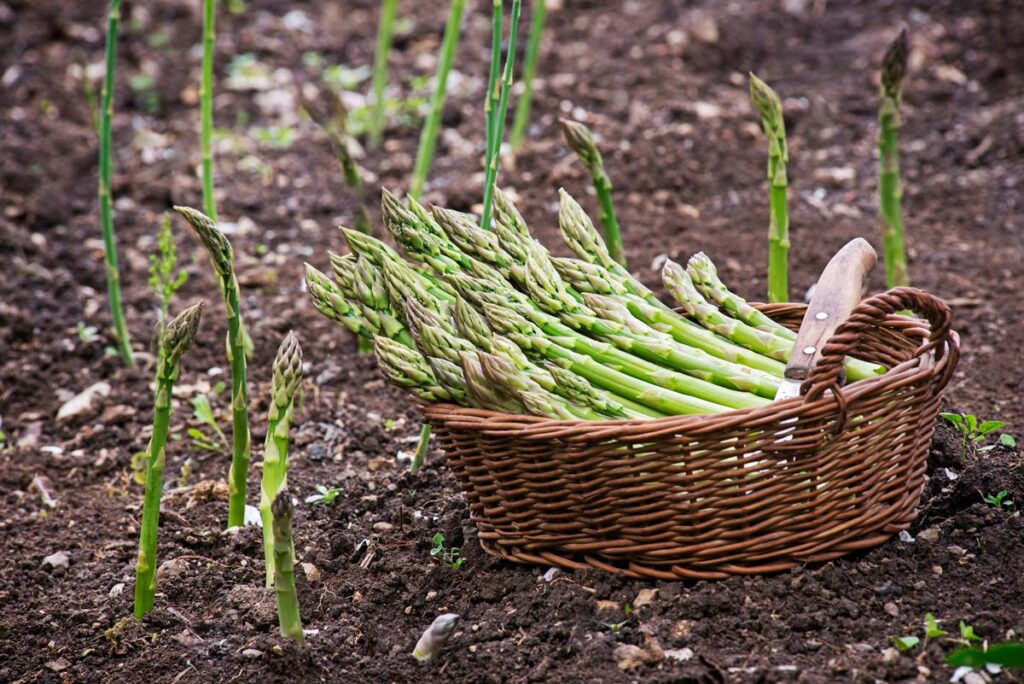
Asparagus
Asparagus has tender spears that are harvested in the spring. This vegetable is a perennial which means that this crop continues to grow year after year without replanting.
Plant asparagus crowns (which are a one-year old asparagus plant) in March, April, or May depending on the climate in which you live. When you receive the crowns, soak them in water for a couple of hours before planting. Put the crown root in the ground 12 inches deep and 17 inches apart in rows.
Your asparagus should not be harvested during the first couple of years so that the roots will become established. Remember that asparagus needs a cold winter climate in order to go dormant and then sprout in the early spring.
When spring arrives, you may need to watch for asparagus beetles that eat on the asparagus shoots. A natural way to repel them is to companion plant tomatoes or eggplant next to your asparagus plants.
Whatever you do, do not plant onion, leeks, garlic, and scallions next asparagus; they will stunt the growth of your asparagus.
With a little patience, you will have a great harvest of asparagus within a couple of years.
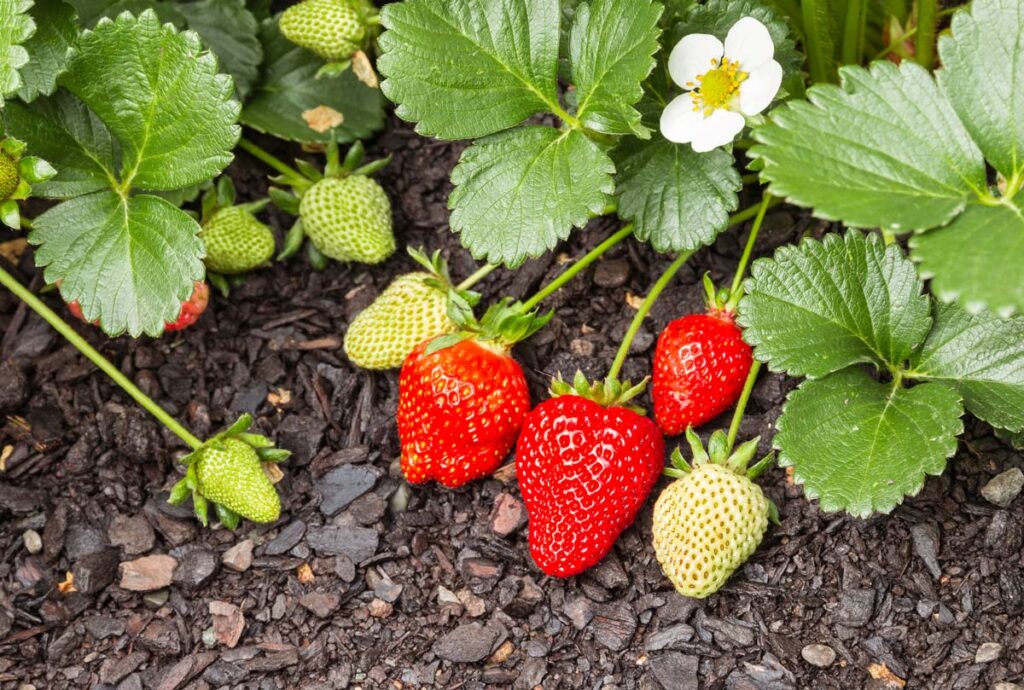
Strawberries
Once your asparagus rows are planted, plant 1 or 2 strawberry starts in between your asparagus crowns. Place the strawberry plants 4 to 6 inches in the soil. Your strawberries will grow and become ripe within a few months. The first-year crop may be smaller, but following seasons should be bountiful.
Similar to asparagus, this perennial also likes to go dormant in the winter. Strawberries life span is 4 to 6 years, so you will want to save some strawberry runners to replant every couple of years. This will ensure fruit for years to come.
Growing strawberries with asparagus will benefit both plants by sharing nutrients from the soil and helping with weed control.
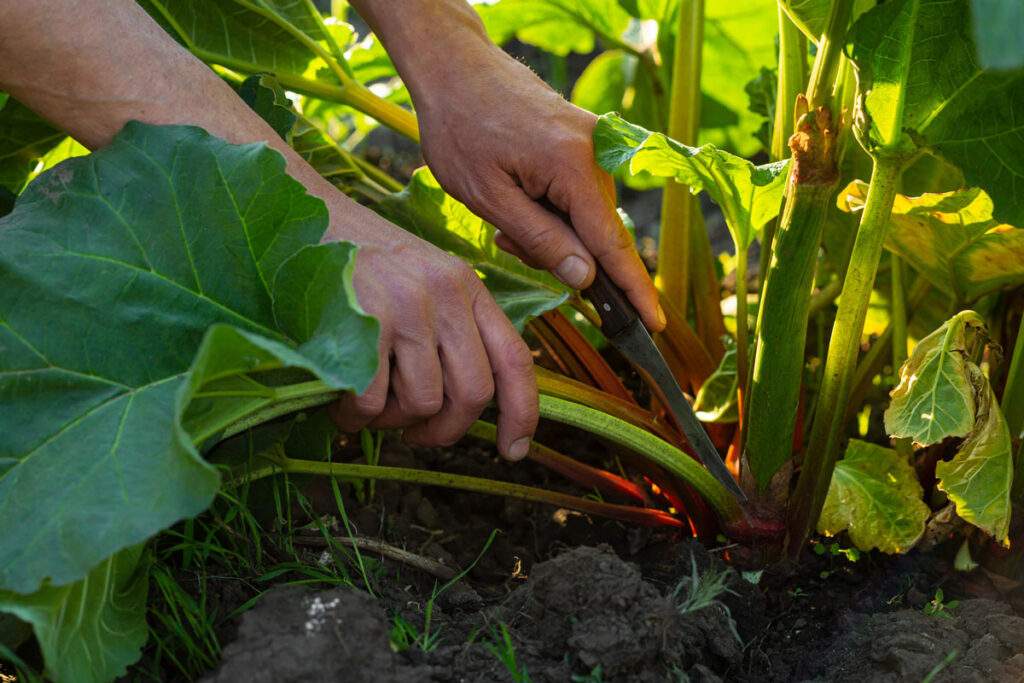
Other Great Companion Plants to Plant with Asparagus and Strawberries
Would you like more diversity in your garden? Other crops can be interplanted with asparagus and strawberries.
Asparagus, strawberries, rhubarb and horseradish all work together to support each other. Rhubarb and horseradish help with insect control, and they are also perennials.
Another helpful companion with asparagus and strawberries is marigolds which are well known for their helpful effects on insect control.
More Posts You May Enjoy
- Square Foot Gardening (What, Why & How)
- How to Start a Garden
- Gardening Hacks
- Hügelkultur Bed – A Natural Way to Garden
- Planting Garlic the Easy Way
- Soil Testing – Don’t Overlook This Crucial Step
- Raised Garden Bed Plans
- How Much Does it Cost to Grow a Garden?
- Fast Growing Vegetables for a Quick Harvest
- How to Braid Garlic and Onions

